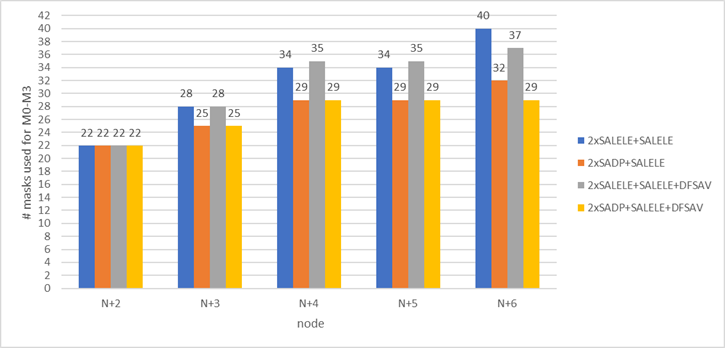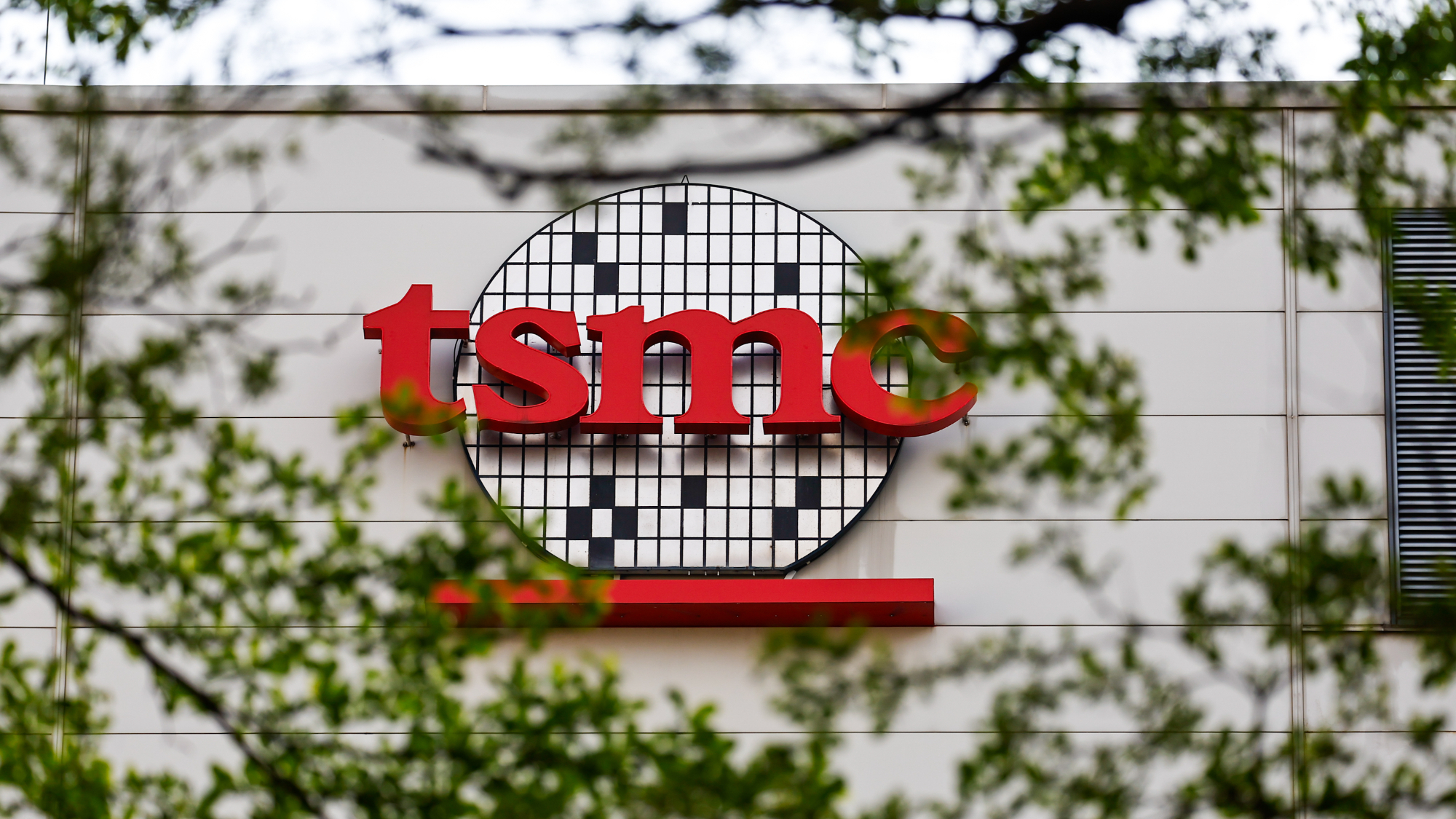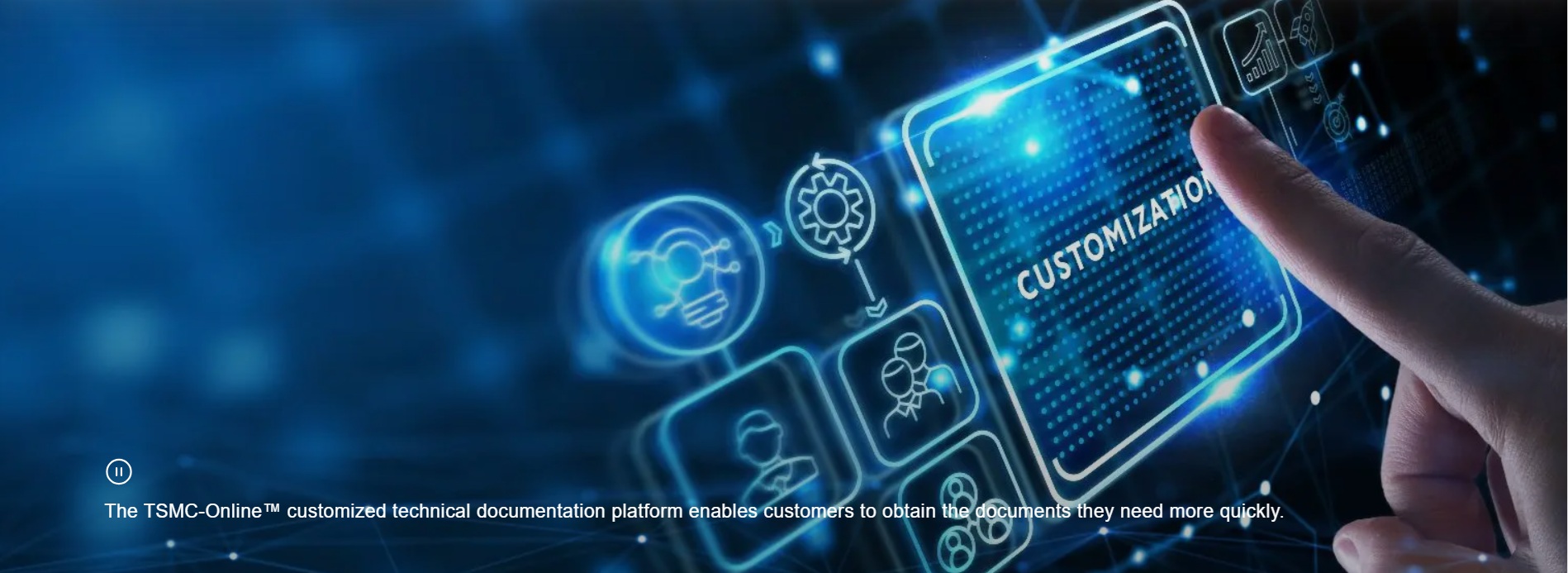In 2021, we shocked the industry with our predictions of a double-digit ‘supercycle’ in 2022, followed by a crash in 2023. Despite industry skepticism, bordering on outright disbelief, our predictions were on point, based on decades of semiconductor experience and data analysis.
Now, as the industry finally accepts the impending… Read More















Quantum Computing Technologies and Challenges